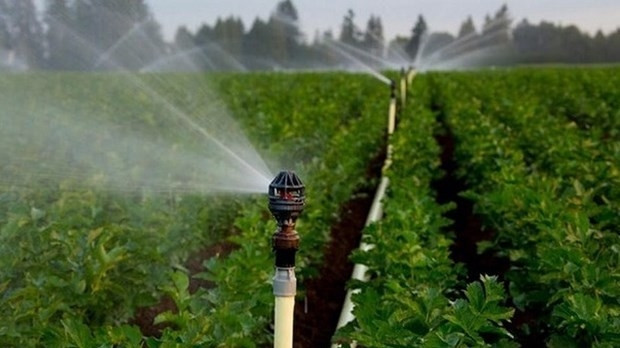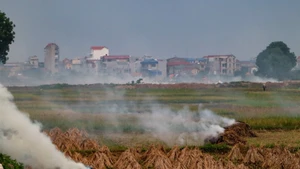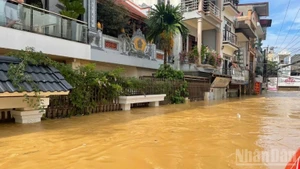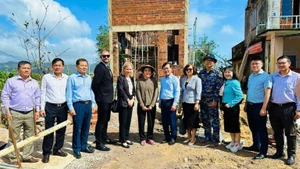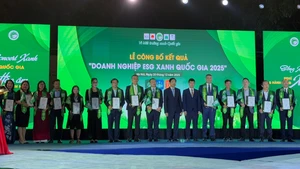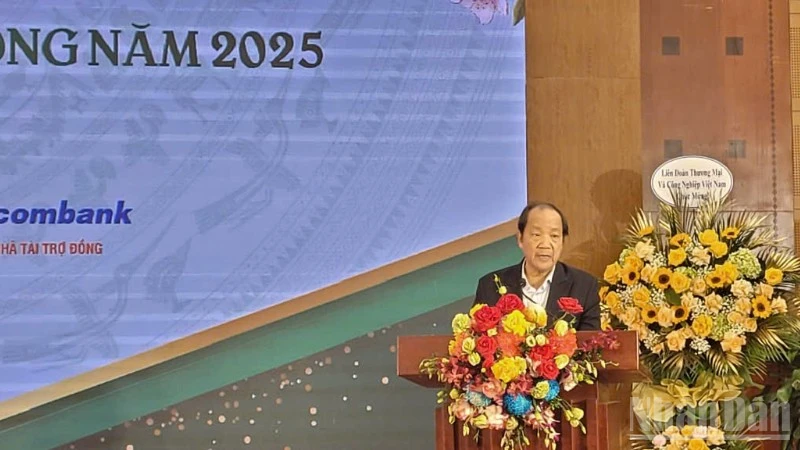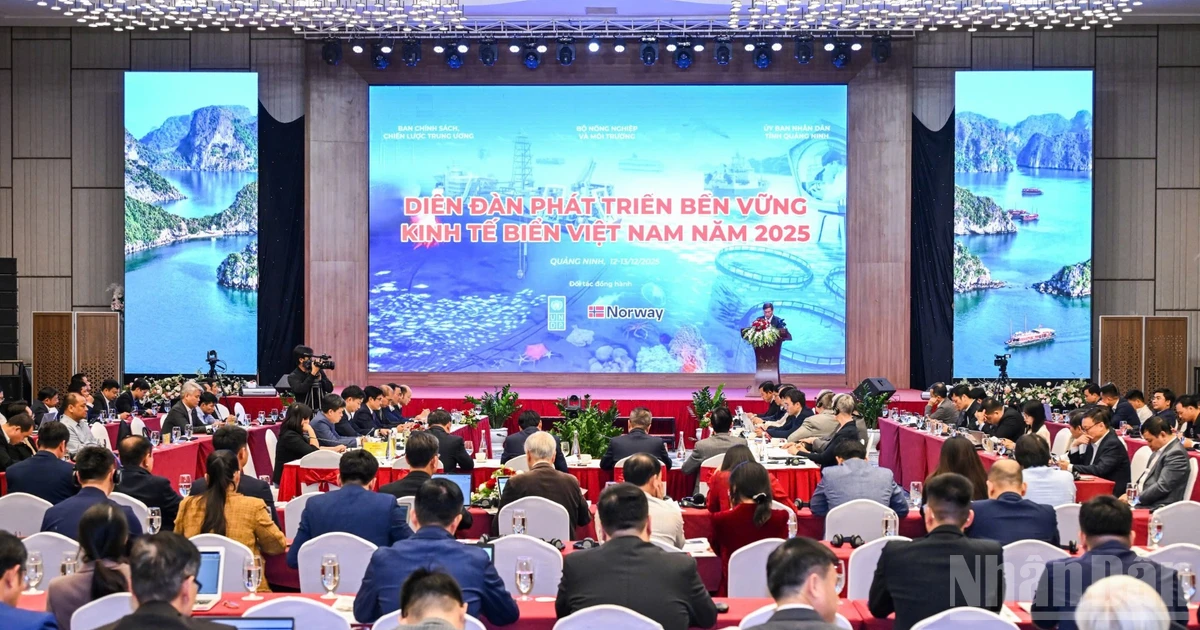The UN Conference on Environment and Development held in Rio de Janeiro, Brazil, in June 1992 chosen the date March 22 as the World Water Day, which has been observed annually since 1993.
Every year, the UN selects a specific theme for the World Water Day to reflect different aspects of water. This international event looks to draw attention from people around the world to the importance of water resources, especially freshwater, and help enhance the sustainable management of these valuable resources.
Themed “Groundwater - Making the invisible visible”, this year’s campaign will explain groundwater’s vital role in water and sanitation systems, agriculture, industry, ecosystems, and climate change adaptation.
The overarching message of the campaign is that exploring, protecting and sustainably using groundwater will be central to surviving and adapting to climate change and meeting the needs of a growing population.
Chau Tran Vinh, Director of the Department of Water Resources Management under the Ministry of Natural Resources and Environment, said groundwater management has been carried out relatively well in all provinces and cities as seen in law dissemination, exploitation surveying, water resources assessment, groundwater exploration and exploitation licensing, groundwater use and protection planning, zoning areas of banned or restricted exploitation, and setting up the monitoring network.
However, he also pointed out that groundwater investigation and assessment have yet to be closely connected with socio-economic development planning or meet water exploitation planning requirements.
To improve groundwater management, localities need to step up communications to raise public awareness of water exploitation and use, enhance law enforcement, and boost the capacity of water resource investigation, research, and assessment.
Besides, they should also build and upgrade groundwater monitoring systems, carry out urban groundwater protection programmes, and make plans on groundwater protection and exploitation, firstly in the deltas and areas with high groundwater potential and exploitation demand, according to Vinh.
